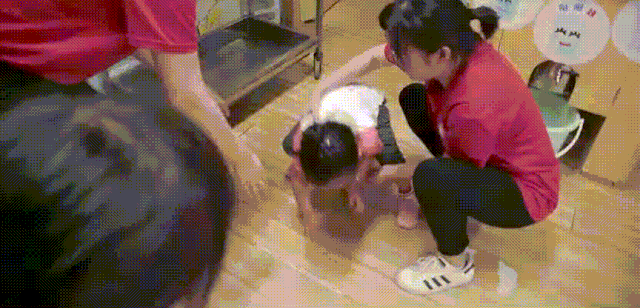The first week of school
The child experiences separation from parents for the first time
Many parents may have rehearsed this countless times in their minds
But when the kindergarten truly stages the tear-jerking drama of “Mommy, don’t leave me”
The children’s cries resonate
Their desperate attempts to break free
The small hands reaching out for a hug
Many parents find it hard to let go
For children with autism
Parents feel even more anxious regarding their child’s enrollment
Today
Rehabilitation therapists from the children’s health center share six tips
To help children with autism smoothly adapt to kindergarten life
One
Environmental adaptation
1. Stabilizing the child’s emotions: Before the child enters kindergarten, parents can take the child to familiarize with the environment, allowing them to freely experience the space and giving ample time to sense the new atmosphere, thereby reducing the child’s anxiety. For example, let the child run and play freely on the kindergarten playground or touch various toys and teaching aids in the classroom.
2. Understanding the adaptation process: Through individual guidance and integrating play into life skills, help children understand and adapt to the daily routine of kindergarten. Rehabilitation therapists and early education teachers can collaboratively create personalized adaptation plans for children, gradually guiding them to become familiar with the various stages such as arrival, breakfast, classes, playtime, lunch, naptime, afternoon activities, and going home.
Two
Personalized teaching
1. Developing an IEP plan: Rehabilitation teachers and early education teachers should collaboratively formulate an Individualized Education Plan (IEP) for children with autism, taking into account their special needs. Based on the child’s ability level and developmental characteristics, targeted teaching goals and methods should be established to ensure the child receives effective support and help during learning.
2. Integrated teaching: Once the child has adapted to the kindergarten environment, attempts can be made to involve them in regular children’s educational activities for curriculum integration. During this process, teachers should closely monitor the child’s performance, providing timely encouragement and guidance to help the child gradually integrate into the group learning atmosphere.
Three
Social interaction
1. Peer modeling: Invite regular children to demonstrate appropriate social behaviors or participate in games with children with autism, promoting social interaction. Positive examples from typical peers can spark the imitation desire in children with autism and assist them in learning how to interact with others. For instance, during group games, let typical children actively invite children with autism to participate and share toys and joy.
2. Group activities: Carefully design group activities and games to encourage children with autism to actively participate, developing social skills and cooperative abilities. Activities like role-playing, crafts, and music and dance can enrich the group experience, allowing children to learn cooperation, communication, and sharing through participation.
Four
Emotional and behavior management
1. Emotional observation: Kindergarten teachers should learn to carefully observe the emotional changes of children with autism, providing timely support and assistance when the child exhibits feelings of distress. When children show…


